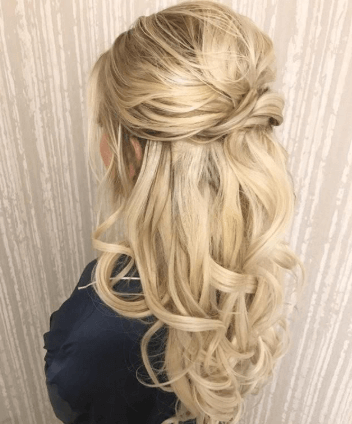When most people think of St. Patricks Day, what usually comes to mind are the color green, four leaf clovers, leprechauns and Irish pubs. While these are indeed commonly displayed symbols of Irish culture, additional aspects include music and dance among some of its notable traditions.
The earliest evidence of Irish dancing dates back over 2000 years ago when the Druids performed circular dances in religious rituals. The Celts later brought their own folk dances from Central Europe and the Anglo-Norman conquest in the 12th Century brought Norman dances and customs to Ireland. Ireland’s history of invasions and migrations created constant culture shifts, which in turn shaped the music and dance. Early dance styles which were frequently captured in 16th Century writing, and left behind remnants for current styles were the Trenchmore, Irish Hay and the Rinnce Fadda (long dance commonly performed at present day).

Although there are several dance styles, there are two distinctive forms, solo dances and figure dances.
The easier of the two, figure dances require little knowledge beyond the basic step, and are commonly performed in groups at parades and other recreational events. Consisting of a minimal number of basic steps, variations are exhibited by making formations such as circles, squares and lines. Even beginners of Irish dance are divided into levels and given grades. Grade A is the most basic steps of Irish dance, and must be tested and passed before moving onto grade B, and then eventually grade C. Once these preliminary levels have been passed, the dancer moves on based on his or her age group, until age 21 where there is no longer an age limit.
At present day the solo dances are performed in exhibitions and competitions, and as such require years of practice to reach the level of skill required. Some of the main Irish step dances are the single jig, light jig, heavy jig, reel and hornpipe, which each have different variations which vary from place to place. The only one that is danced the same everywhere is the popular heavy jig also known as Saint Patrick’s Day. A traditional set dance with eight people dancing in 6/8 time aggressively in heavy shoes, producing that familiar stomping sound. Another popular trend that has recently become a tradition of sorts is the elaborate costumes worn, adorned with spray tans, tiaras and elaborate curly wigs for the girls. Many believe that the springy, over the top curls have become such a mainstay in efforts to add movement to otherwise rigid upper bodies.

